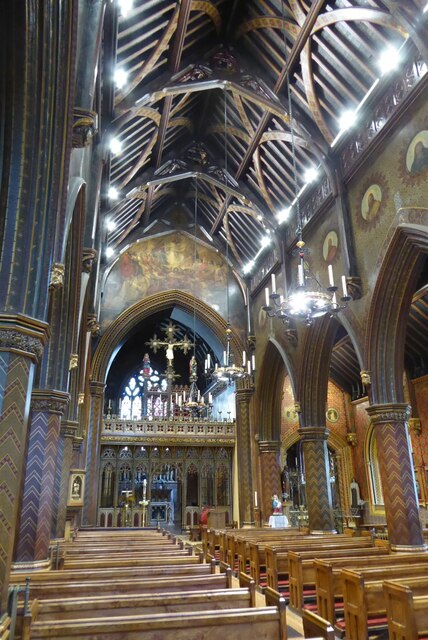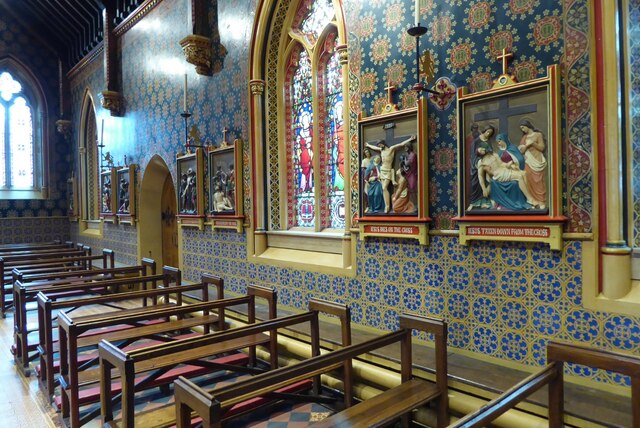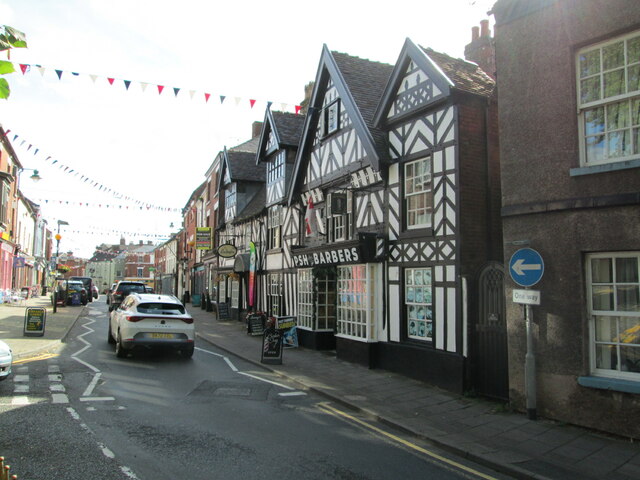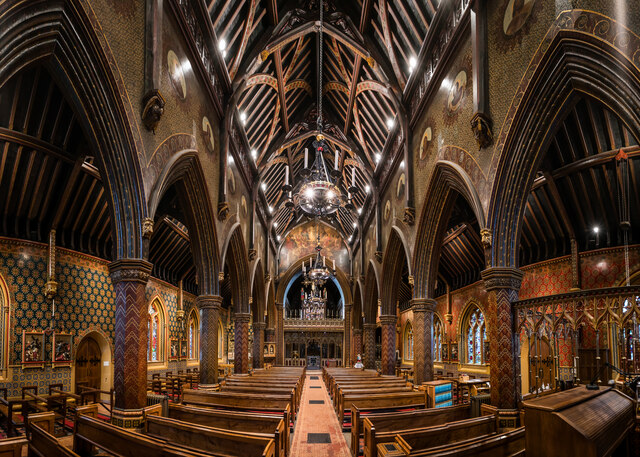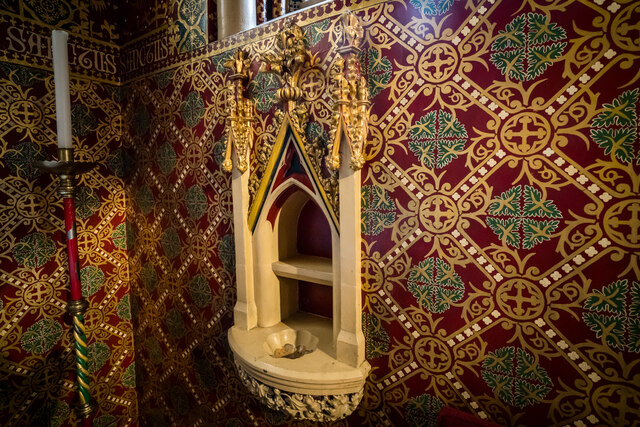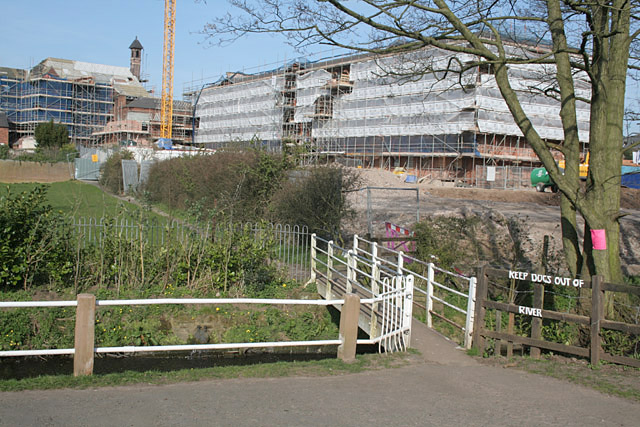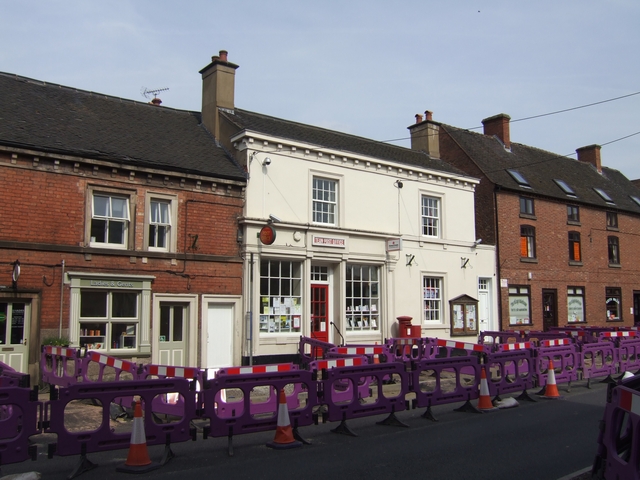Huntley
Settlement in Staffordshire Staffordshire Moorlands
England
Huntley
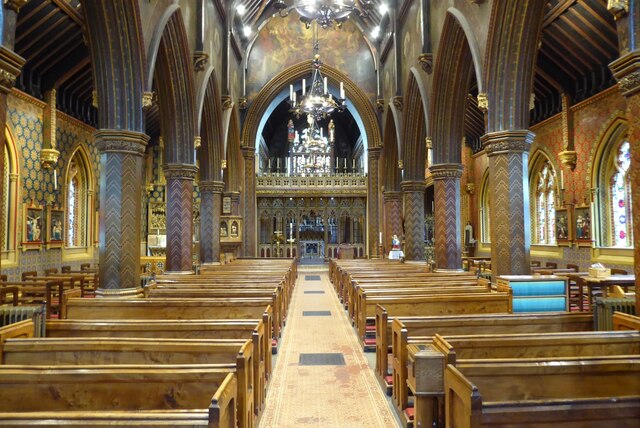
Huntley is a small village located in Staffordshire, England. It is situated near the town of Cheadle and is known for its picturesque countryside and historic buildings. The village is surrounded by rolling hills and lush green fields, making it a popular destination for outdoor enthusiasts and nature lovers.
Huntley has a rich history dating back to the medieval period, with several well-preserved buildings from that time still standing in the village. One of the most notable landmarks in Huntley is the parish church of St. Mary, which dates back to the 12th century and features stunning stained glass windows and intricate stone carvings.
The village has a close-knit community and a friendly atmosphere, with a range of local amenities including a village hall, pub, and primary school. Residents of Huntley enjoy a peaceful way of life, away from the hustle and bustle of larger towns and cities.
Overall, Huntley is a charming village with a lot to offer both residents and visitors, from its beautiful surroundings to its rich history and sense of community.
If you have any feedback on the listing, please let us know in the comments section below.
Huntley Images
Images are sourced within 2km of 52.96877/-1.996989 or Grid Reference SK0041. Thanks to Geograph Open Source API. All images are credited.
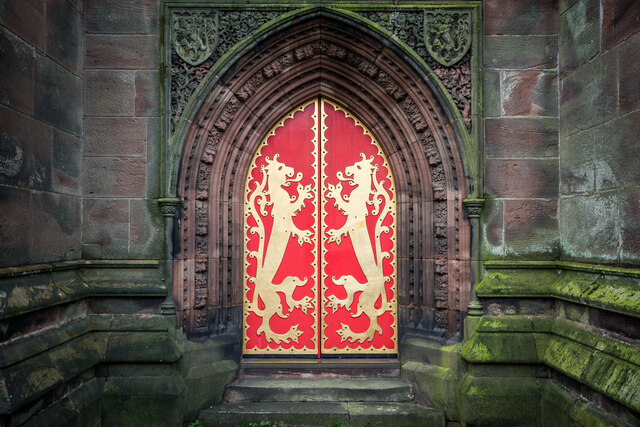
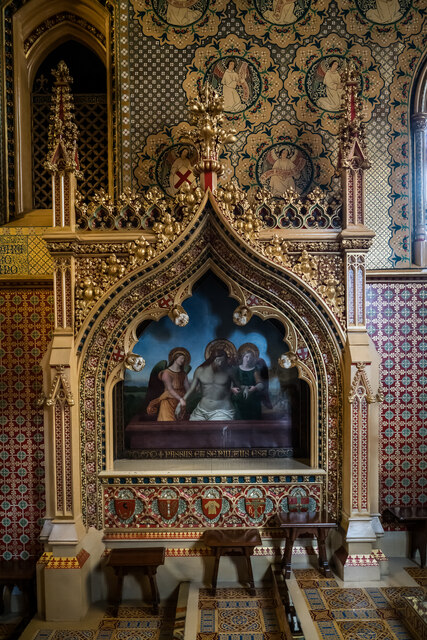
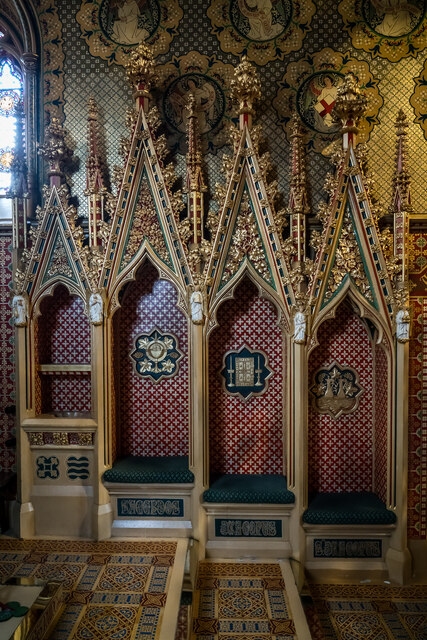
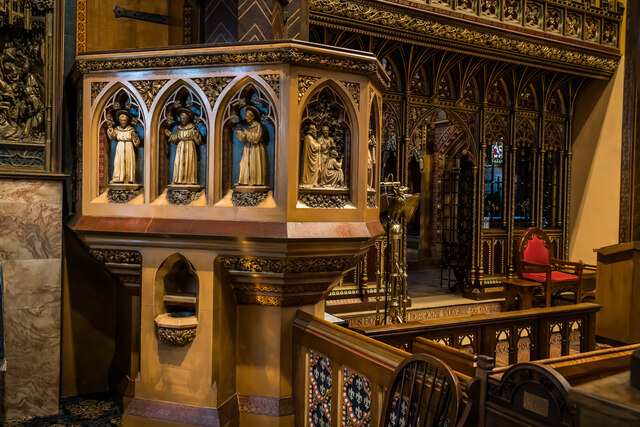
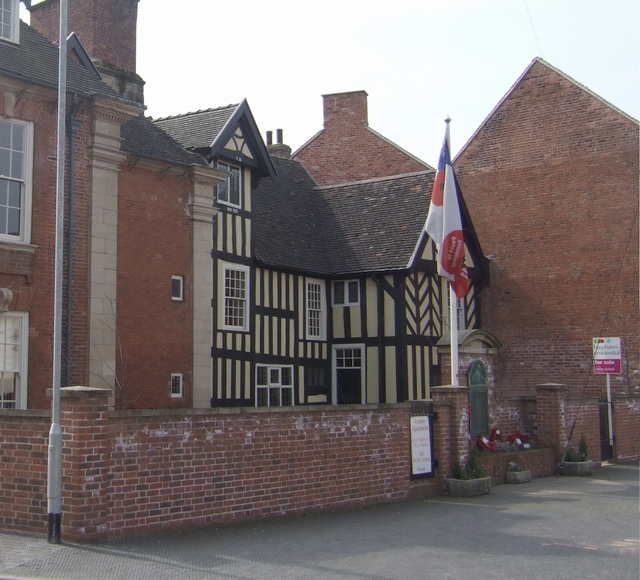
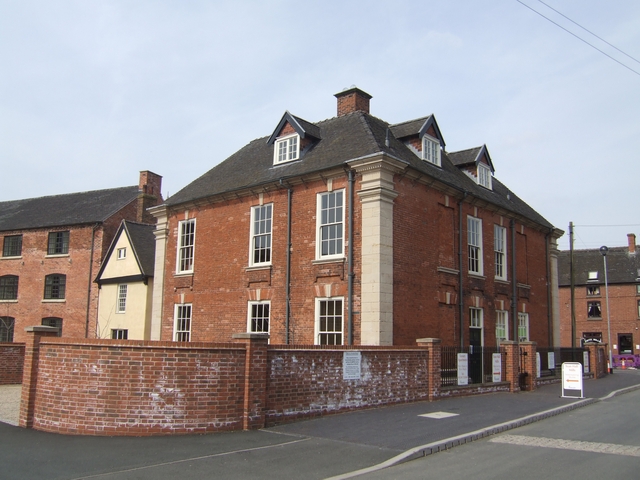
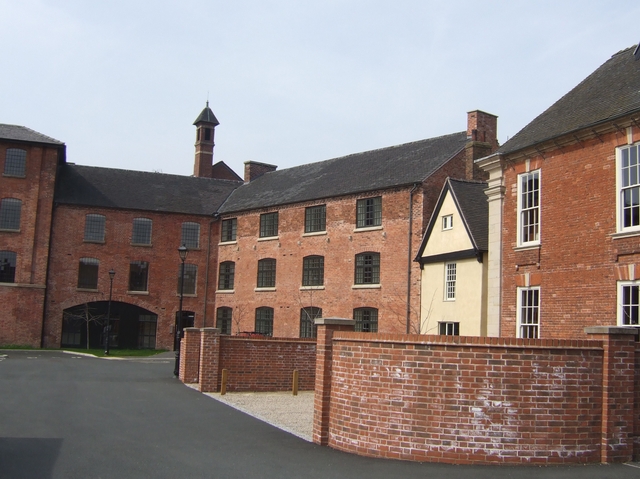
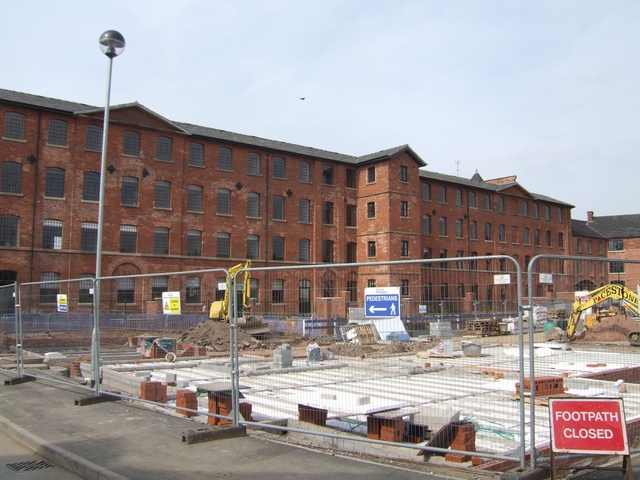
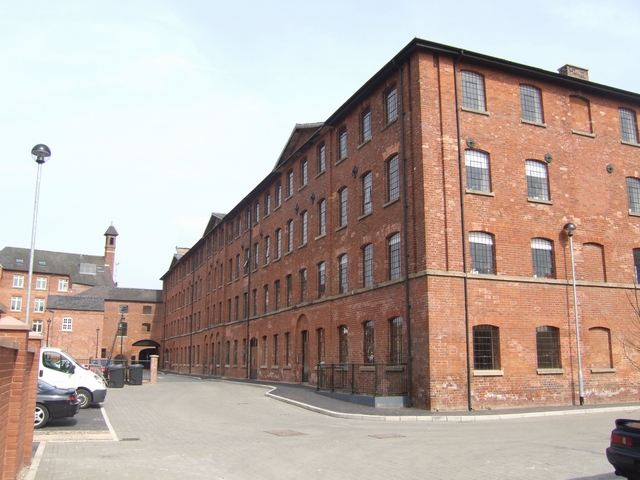
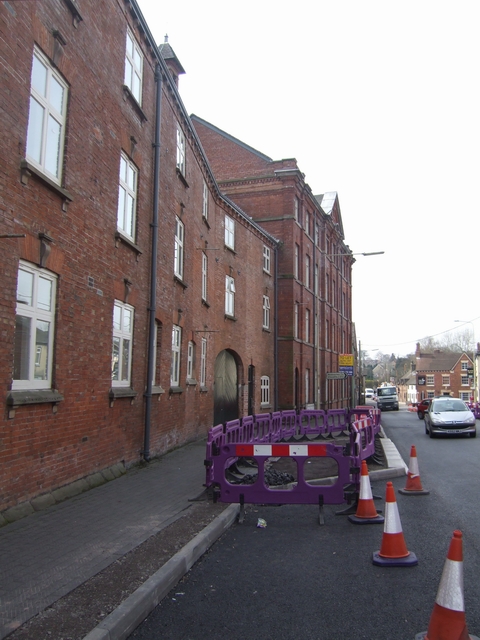
Huntley is located at Grid Ref: SK0041 (Lat: 52.96877, Lng: -1.996989)
Administrative County: Staffordshire
District: Staffordshire Moorlands
Police Authority: Staffordshire
What 3 Words
///anchovies.slightly.until. Near Cheadle, Staffordshire
Related Wikis
Moorlands Sixth Form College
The Moorlands Sixth Form College is a Sixth Form College located in Cheadle, a historic market town in Staffordshire, England. The college caters for years...
Cheadle railway station
Cheadle railway station served the town of Cheadle, Staffordshire, England. It was the terminus of a branch line from Cresswell and opened in 1901. �...
Tean Road Sports Ground
Tean Road Sports Ground is a cricket ground in Cheadle, Staffordshire. The ground is located south of the town centre along the Tean Road, which itself...
The Cheadle Academy
The Cheadle Academy (formerly Cheadle High School) is a coeducational secondary school with academy status located in Cheadle, Staffordshire in the Midlands...
Nearby Amenities
Located within 500m of 52.96877,-1.996989Have you been to Huntley?
Leave your review of Huntley below (or comments, questions and feedback).
